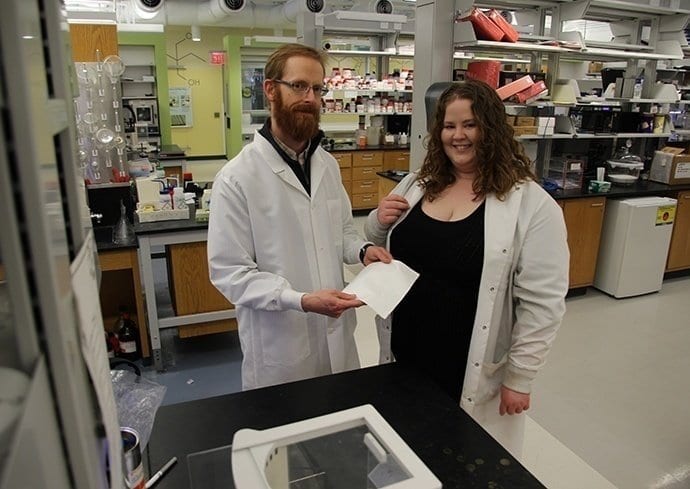By now, most people are probably aware of the therapeutic value of stem cells, as they can become any other type of cell in the human body. One of their main duties, in fact, is to replace those other cells as they degrade. Once people reach an advanced age, however, even the stem cells themselves start to get old and nonfunctional – when the cells that are supposed to replace the other cells can’t do their job anymore, age-related tissue problems start occurring. A team of researchers from the Buck Institute for Research on Aging in collaboration with the Georgia Institute of Technology, however, may be on the way to solving that problem. They have succeeded in reversing the aging process in human adult stem cells.
When regular cells become aged, the caps on the end of their chromosomes (known as telomeres) get shorter. It is therefore hypothesized that many age-related problems are due to the shortening of these telomeres. Given that adult stem cells retain their full telomeres, however, the scientists had to find some other discernible way in which they age.
To do so, they compared the DNA of freshly-isolated adult stem cells from young donors, with that of stem cells from the same donors, but that had undergone an accelerated aging process in the lab. It turned out that most of the DNA damage in the older cells was due to the activity of parts of the cell genome known as retrotransposons. While young cells are able to limit this activity and deal with the damage it causes, older cells are not.
By suppressing the “accumulation of toxic transcripts” from the retrotransposons, however, the researchers were able to reverse the aging process in the older stem cells. They were, in fact, even able to regress them to an earlier stage of development.
Bookmark this page for “aging” and check back regularly as these articles update on a very frequent basis. The view is set to “news”. Try clicking on “video” and “2” for more articles.
>










